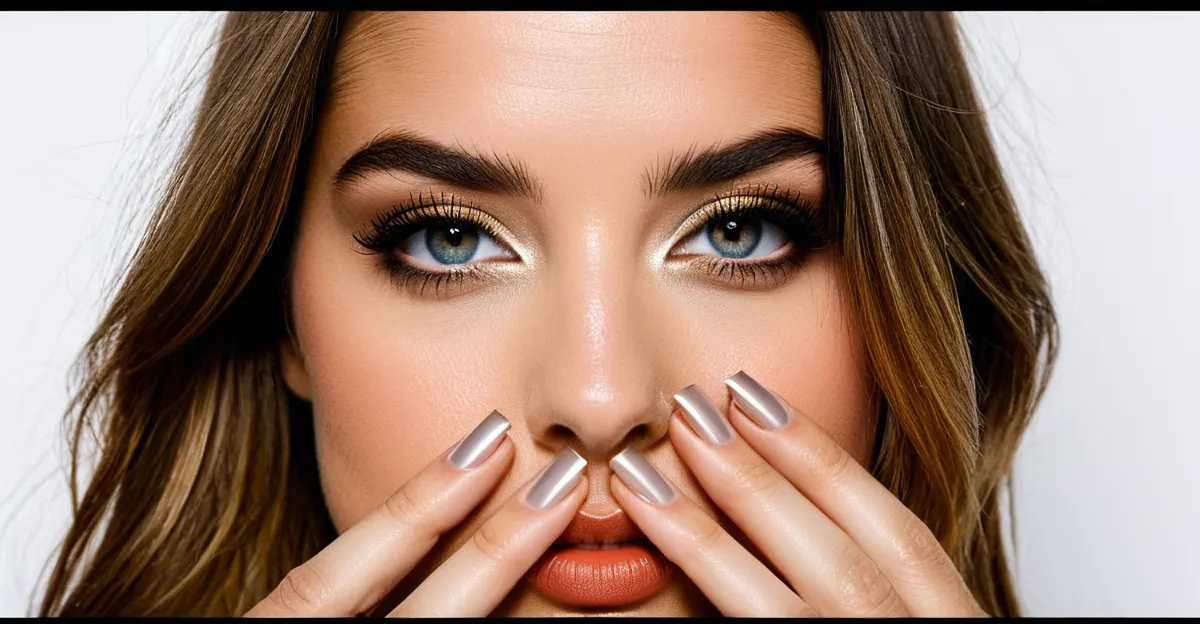Key Cultural and Societal Influences on UK Women’s Fashion
Understanding UK women’s fashion culture means looking closely at how social dynamics steer style choices. Societal shifts, such as a growing emphasis on individuality and self-expression, directly influence the types of apparel women choose. Instead of following rigid fashion rules, there is a stronger preference for outfits that reflect personal identity and social values.
The role of consumer behavior is equally pivotal. Women today prioritize brands and styles that resonate with their ideals, including inclusivity and cultural awareness. The rise of social movements has pushed designers and retailers to embrace diversity, which is evident in the expanding range of sizes, skin tones, and cultural inspirations represented in collections.
Also to read : What are the best tips for UK women to transition their outfits from day to night?
Social trends also shape purchasing priorities. Contemporary consumers are more discerning, leaning towards quality over quantity and favoring brands that demonstrate ethical practices. This shift changes how retailers market products and stock inventory, highlighting the importance of transparency and social responsibility in fashion choices.
In essence, the UK’s fashion culture reflects a dynamic interplay of evolving societal values and changing consumer priorities, fostering a landscape rich in diversity and meaning.
Additional reading : What Are the Historical Influences on UK Women’s Fashion Trends Today?
Sustainability as a Driving Force in UK Fashion
Sustainability in the UK women’s fashion culture is increasingly pivotal. The demand for sustainable fashion UK arises from escalating consumer awareness about environmental and ethical impacts. Shoppers now expect brands to prioritize eco-friendly textiles and sustainable production methods. These include materials such as organic cotton, recycled polyester, and naturally dyed fabrics, which reduce harmful environmental footprints.
Ethical fashion goes beyond materials, encompassing fair labor practices and transparent supply chains. Consumers scrutinize brand ethics more carefully, favoring companies who disclose sourcing and manufacturing processes. This shift in consumer behavior reflects a desire not only for stylish pieces but for products that align with personal and societal values.
Designers respond by incorporating sustainability into their creative processes. Collections increasingly feature innovative, eco-conscious materials and emphasize longevity rather than fast fashion cycles. Many UK brands promote capsule wardrobes, encouraging customers to invest in fewer, high-quality garments. This trend highlights how social trends favor durability and responsibility alongside aesthetic appeal.
In summary, sustainable and ethical fashion is reshaping how UK women select apparel. The intertwining of sustainable fashion UK, ethical fashion, and eco-friendly textiles marks a transformative moment in the industry, driven by evolving consumer behavior and greater awareness of fashion’s wider impact.
Digital Transformation and Tech Innovations
The UK women’s fashion culture is experiencing a remarkable shift through the rise of fashion technology trends. Among these, the integration of AI in fashion is revolutionizing design, production, and customer interaction. Artificial intelligence enables brands to analyze consumer preferences with precision, tailoring collections that resonate deeply with target audiences. This leads to more personalized shopping experiences, where recommendations adapt to individual tastes and purchasing habits.
Virtual reality also plays a key role within virtual fashion UK, offering immersive experiences that transform how customers engage with brands. Virtual fashion events allow consumers to explore new collections without physical limitations, broadening access and inclusivity. These digital showcases often feature virtual try-ons, which combine convenience with interactivity, helping buyers visualize garments on their own silhouettes before purchasing.
Moreover, digital design tools accelerate speed-to-market, allowing brands to adapt quickly to emerging social trends and consumer behavior demands. By streamlining the creative process, designers can experiment with innovative styles and sustainable alternatives efficiently. The impact of these technologies extends beyond aesthetics; they contribute to transparency in production and enable data-driven decisions that align with ethical standards increasingly valued by consumers.
Together, these advancements herald a transformative era where fashion technology trends empower both creators and shoppers. The fusion of AI, virtual reality, and digital tools reshapes the landscape of UK women’s fashion culture, making it more interactive, responsive, and aligned with contemporary expectations.
Versatility and Gender Fluidity in Design
The rise of gender-fluid fashion is redefining the boundaries of traditional UK women’s fashion culture. This movement encourages breaking away from rigid gender norms, allowing individuals to express themselves freely through clothing. Inclusive fashion UK embraces this shift by offering collections that cater to diverse identities, blending styles and silhouettes once seen as distinctly masculine or feminine.
One key element is the expansion of inclusive sizing. Brands committed to adaptive design ensure that garments fit a broad spectrum of body types and abilities, promoting comfort and confidence for all consumers. This approach reflects changing consumer behavior that values not only aesthetic appeal but also accessibility and personalization.
British designers are at the forefront of this evolution, creating pieces that merge practicality with innovation. Their work often incorporates neutral tones, fluid cuts, and versatile fabrics designed to transition easily between different settings and occasions. This adaptability aligns with contemporary social trends prioritizing functionality without sacrificing style.
Moreover, gender-fluid fashion fosters a more open and accepting industry. It challenges traditional fashion cycles by encouraging consumers to explore beyond season-bound trends and standardized categories, fostering self-expression that resonates with evolving social values in the UK.
Influential Colors, Materials, and Popular Styles
The trending colors UK fashion scene continually evolves, reflecting both cultural moods and social trends within the UK women’s fashion culture. Currently, earthy tones like terracotta and olive green dominate, signaling a collective gravitation towards natural and calming palettes. These hues harmonize with the growing emphasis on sustainability and ethical living, reinforcing the connection between color preferences and consumer values. Vibrant accents such as mustard yellow and rich burgundy emerge as statement choices, adding depth and personality to wardrobes.
When considering popular materials, there is a marked preference for tactile, high-quality fabrics that marry comfort with durability. Organic cotton, linen, and recycled wool provide breathable textures suited for year-round wear, aligning with ongoing demands for sustainable fashion UK. These materials support ethical production methods and echo the consumer behavior shift towards investment in long-lasting pieces rather than disposable trends. Additionally, emerging textiles that incorporate recycled or biodegradable components further exemplify how innovation meets environmental consciousness.
Women’s style trends in the UK currently embrace a blend of classic silhouettes with modern twists. Tailored blazers with relaxed fits, wide-leg trousers, and midi skirts dominate, offering versatility across professional and casual settings. Layering remains popular, allowing wearers to personalize looks while responding to fluctuating weather. Accessories such as oversized bags and minimalist gold jewelry complete ensembles, underlining the importance of thoughtful, functional design.
Street style continues to significantly influence mainstream trends, serving as a testing ground for bold combinations and gender-fluid experimentation. The interplay between streetwear and luxury fashion encourages hybrid styles that resonate with diverse personalities and lifestyles. This dynamic feeds back into consumer behavior, with shoppers favoring adaptable wardrobes reflecting both individual identity and broader societal values.





